Drawings, the art process, women and freedom, social media, the importance of curiosity and wonder, and sometimes not knowing….
“The power to question is the basis of all human progress” Indira Gandhi
“I don’t know. Nobody knows for sure. And when no one really knows the answer to something, it’s called a mystery. A mystery is something for everyone to wonder about together.” Annaka Harris
‘Edith Kramer believed that ultimately “art tells the truth” and it is a truth worth exploring in every waking moment of one’s life’ Cathy Malchiodi
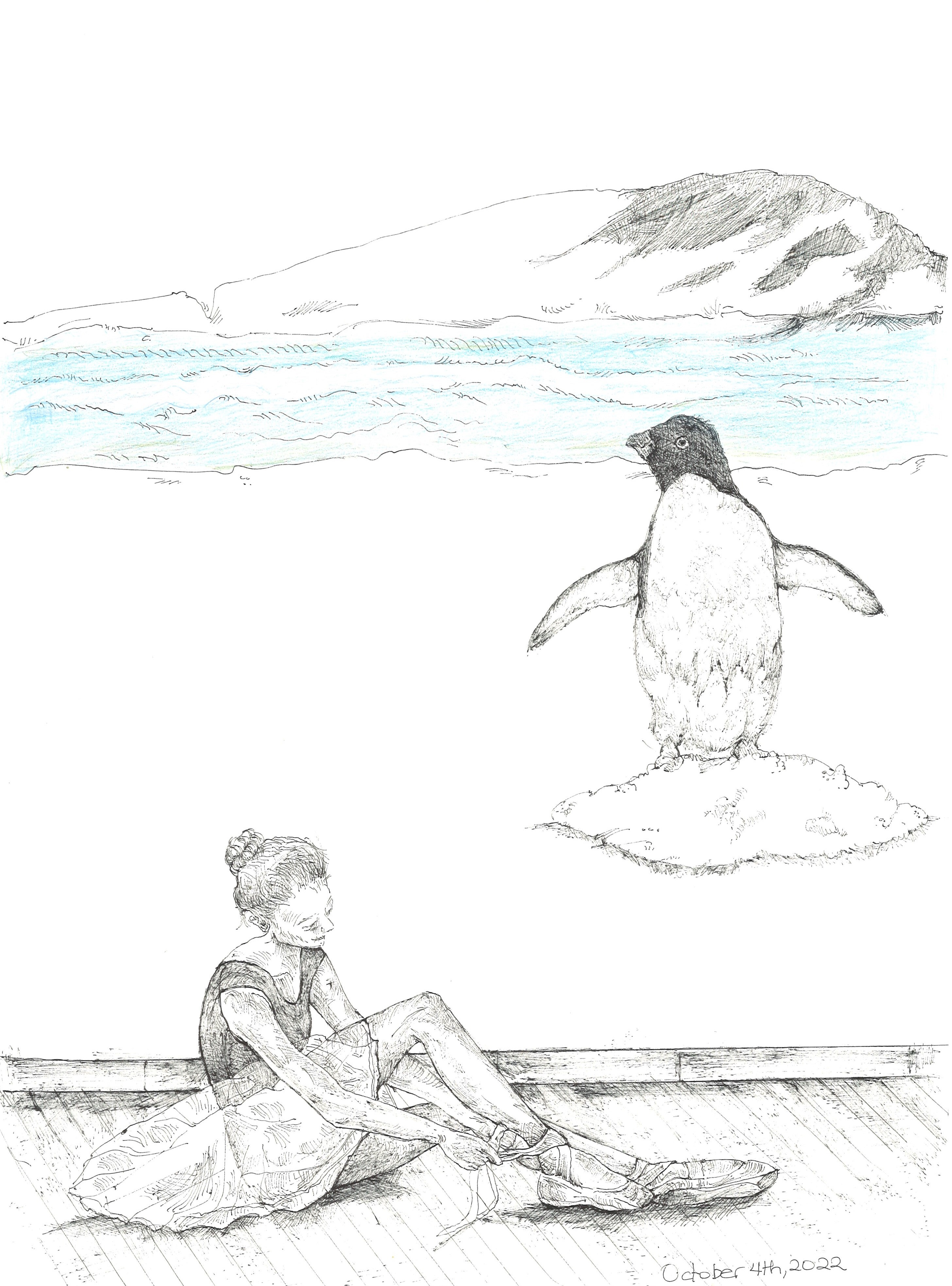
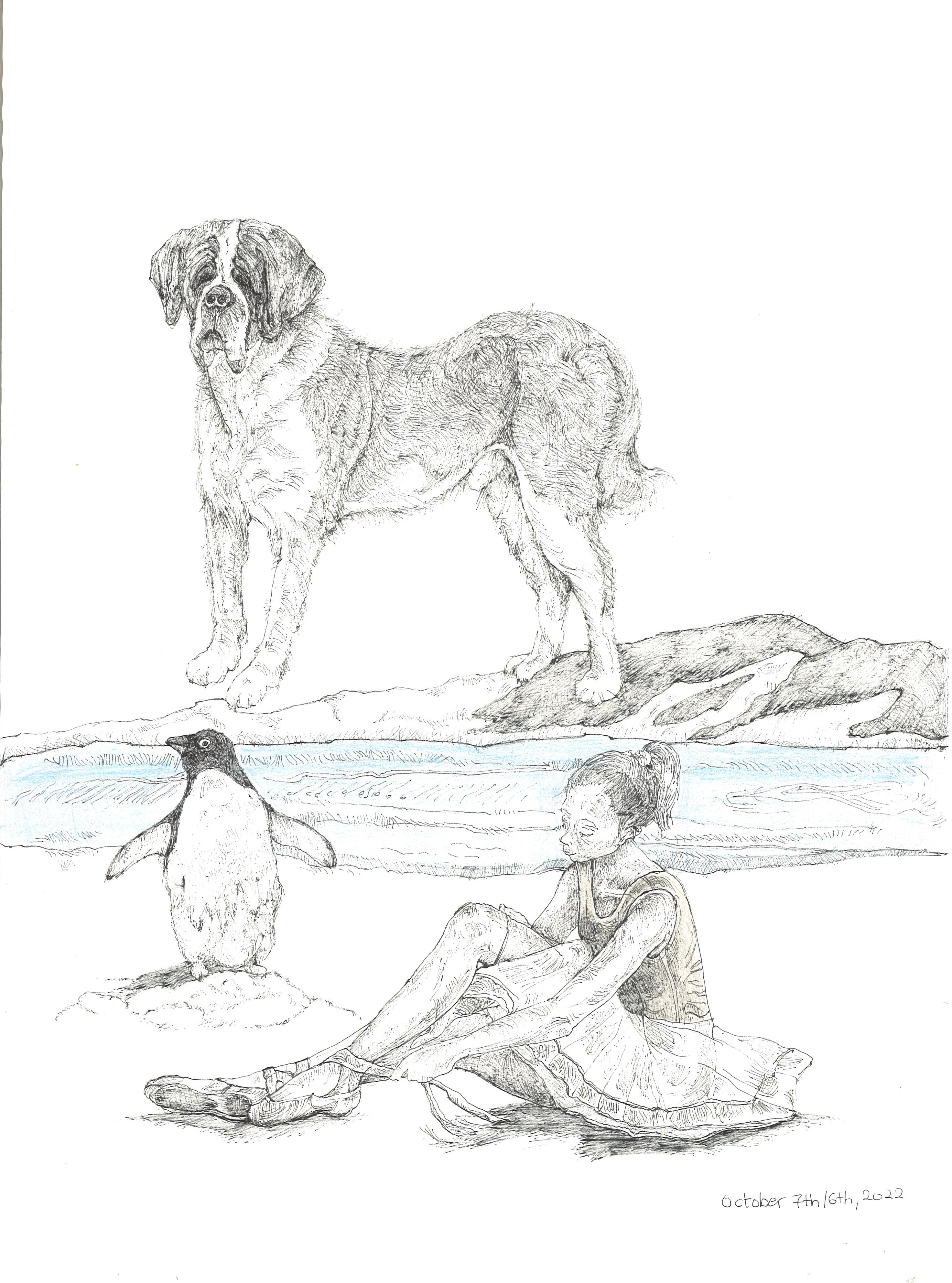
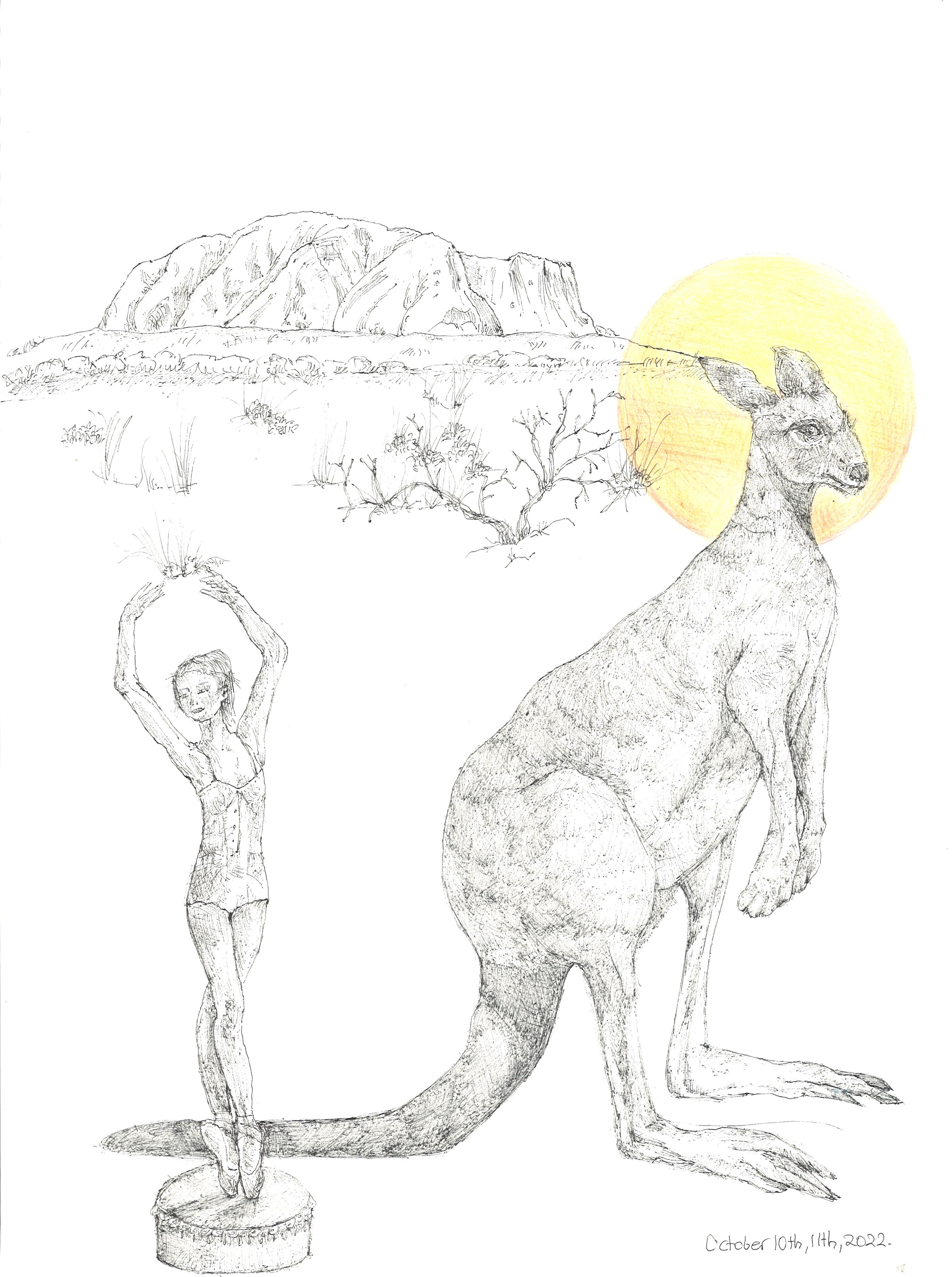
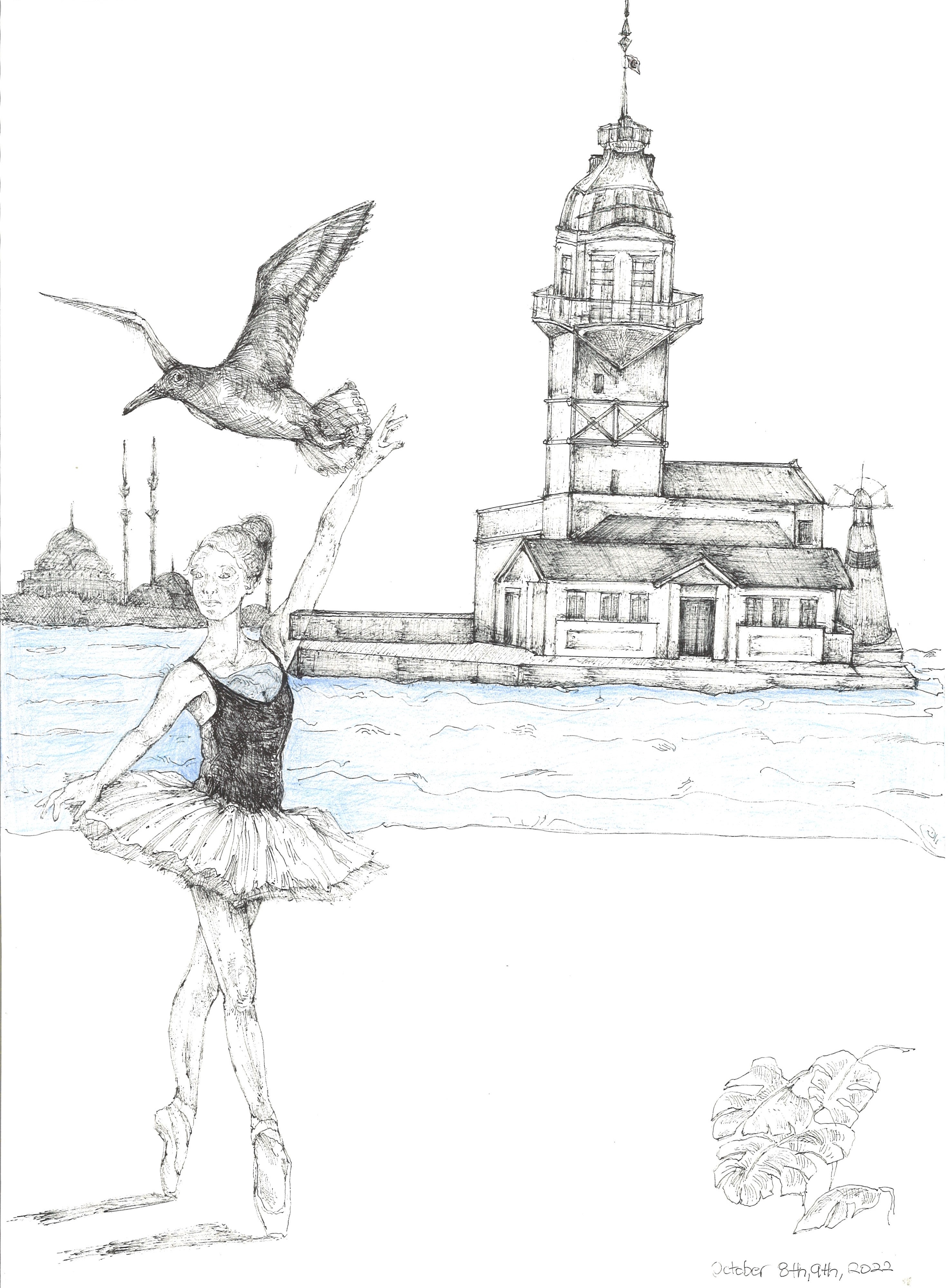
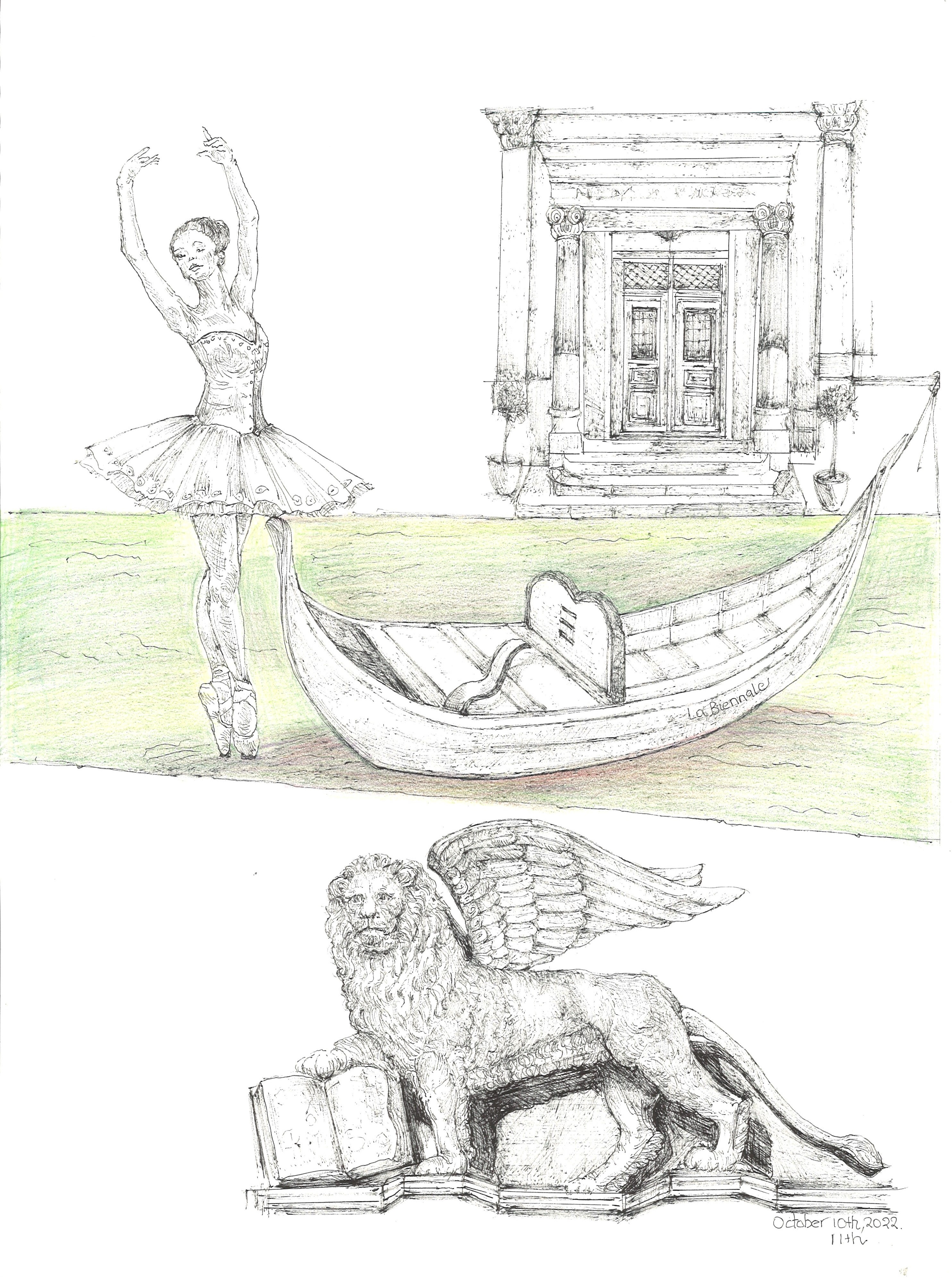
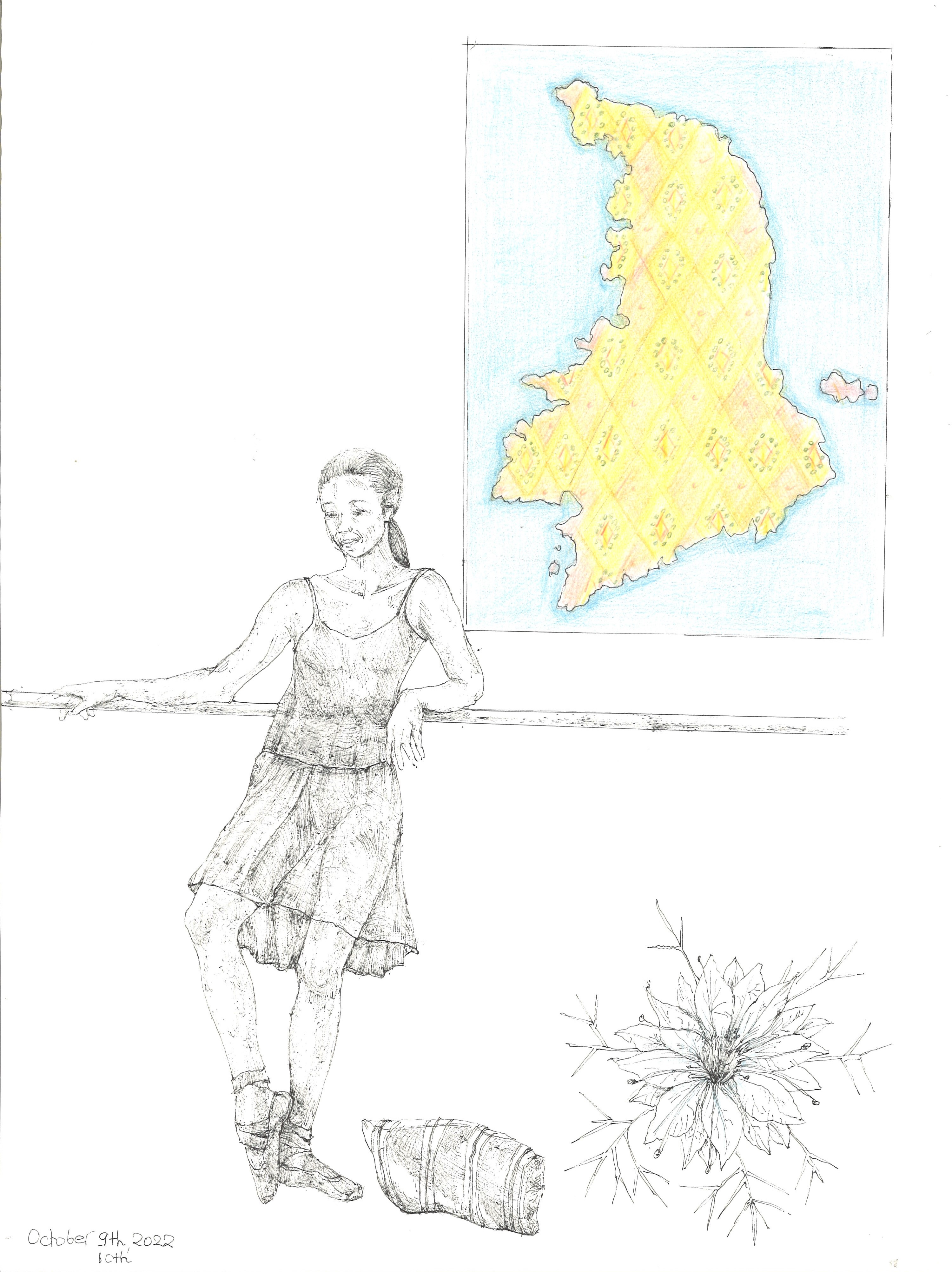
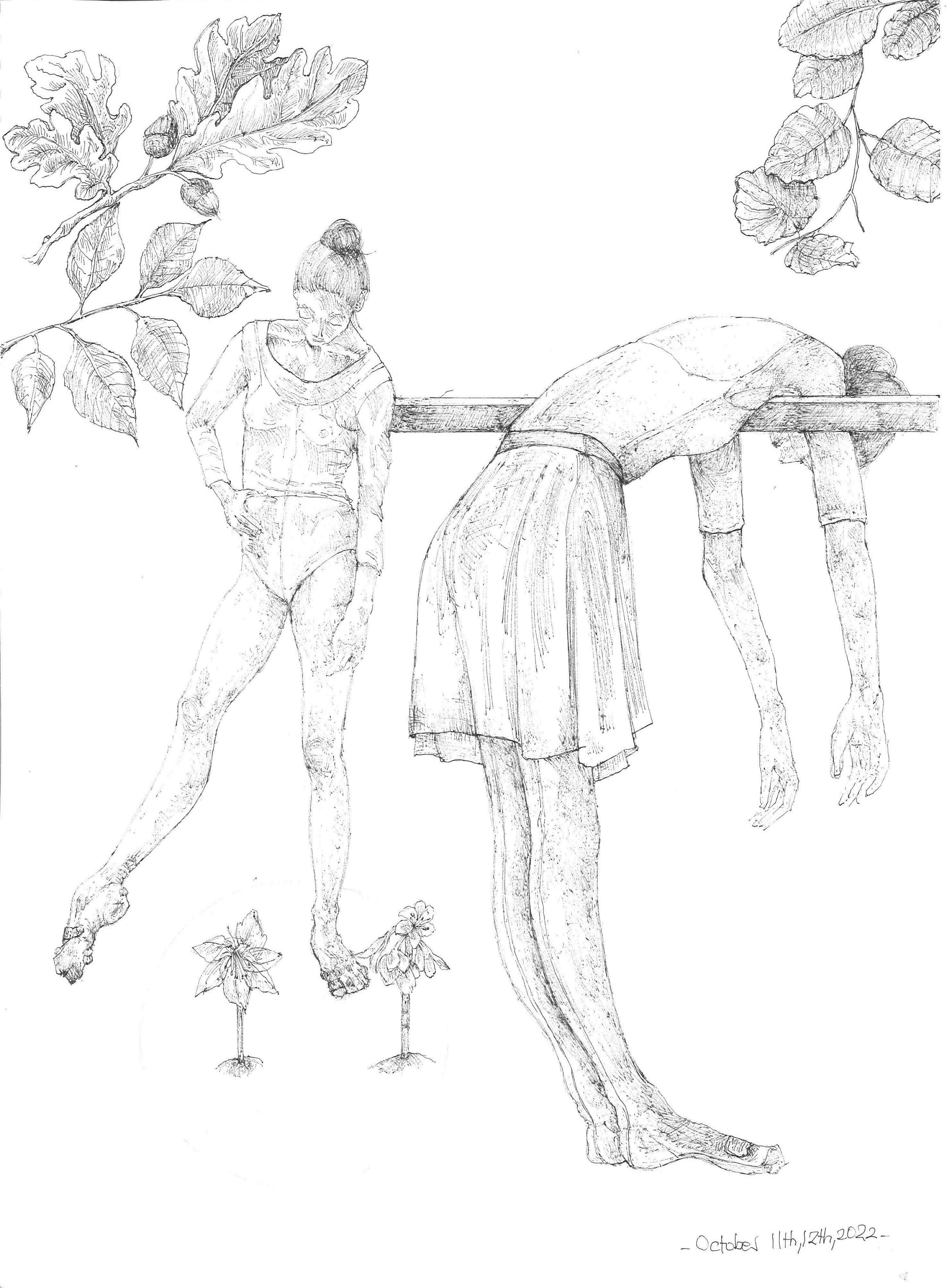
1.I’ve been drawing a lot recently as one can see from the drawings I’ve been including in posts. While thinking about writing something about the art making process to accompany these drawings I read some of my older posts on art and decided to post a few extracts below:
a) The art process, the products and stories / 2013
Art-making is a psychomotor experience, involving vision, touch and movement. It is a hands-on-activity, which may include activities like drawing, painting, touching, arranging or sticking material and images, sculpting, building and mounting, and it generates tangible products. These products can be reflected upon, stored as a document, admired or discarded and apart from the therapeutic potential of the process of making art, in and of itself, the products themselves become containers of memories / experience and play a significant role in helping one achieve deeper understanding, discern recurring themes and patterns, and connect events, and ultimately, transform the experience and create new meaning. Art can additionally be used to share experience or communicate information to others….
In terms of what might happens in our brain Lane claims that the creative process causes specific areas of the brain to release endorphins and other neurotransmitters that affect brain cells and the cells of the immune system, relieving pain and triggering the immune system to function more effectively. This occurs because ‘endorphins are like opiates, creating an experience of expansion, connection and relaxation…., in conjunction with these physiological changes, art can regularly change people’s attitudes, emotional states and perception of pain’ (Lane, 2005, cited in Phelps, 2012)…
b) Art: its healing and transformative potential / January, 2014
The inside and the world outside
Through art making one can regress to earlier stages to access memories and buried material in a less threatening way, and also, link unconscious and conscious dimensions. Drawing and engaging in creative work proves an effective means in allowing unconscious and deeply buried elements to emerge because it helps access the well of the unconscious and brings repressed events and memories to the surface by removing strongly built barriers and walls of denial, fear and self-censorship. Practically, it means connecting with those parts of the self that hold traumatic incidents and / or repressed information that might not be salient in our conscious awareness. It is as if past experiences, internal conflicts, and feelings are allowed through art making to flow from the unconscious to the surface.
For instance, spontaneous, non-directive art making facilitates this process more and allows one to create links, both consciously and unconsciously, across experiences and time, and this in turn, can allow spontaneous grouping of experiences to be achieved, which can further increase insight. Martin Fischer claimed that ‘we should listen to our conscious mind and we should listen to our unconscious mind. And it is only when we combine the two, simultaneously, that true learning and growth takes place’…… Hagood (2000) also writes that ‘the art process helps to uncover buried memories’ and Rubin notes that Freud recognized that peoples’ ‘most important communications were descriptions of visual images’ (1987, cited in Gil, 2006). Art expression assists us in understanding our inner world and further offers us the possibility of trying out solutions and changes. The artist and art therapist, Edith Kramer, who worked extensively with children, suggests that ‘art brings unconscious material closer to the surface’ and ‘provides an area of symbolic experience wherein changes may be tried out’ (Ulman et al., 1977, cited in Gil, 2006). ….
Betensky describes art as utilizing a ’hand-eye-thought-feeling’ energy, and as integrating one’s inner and outer world through mind and body (1973, cited in Smith, 2005) and Elinor Ulman claims that ‘art is the meeting ground of the world inside and the world outside’ (cited in Malchiodi, 2007). Art making has the potential to allow one to learn more about the self and the world, and moreover, to integrate this knowledge. Ulman writes ‘in the complete creative process, inner and outer realities are fused into a new identity …..
2. Also, continuing the thread form the previous post about sexism, and the oppression of women’s freedoms I briefly looked at the lives of women of the past and the present that we may often not associate with disempowerment or oppression, like first ladies, and even more so, women who are themselves head of states. Many of these women were also not exempt from these forces and particular social constructs and expectations. There was pressure to conform and expectations of what to be and what to say. Often they were the victims of misogyny attacks and more recently of trolling through social media. One example being the case of New Zealand’s Prime Minister Jacinda Arden and other female politicians who battle a rising tide in misogyny.
A few points made by some first ladies and women who were head of states in relation to human rights, gender equality and respect:
On March 27, 1958 Eleanor Roosevelt remarked at the United Nations: “Where after do human rights begin? In small places, close to home– so close and so small that they cannot be seen on any map of the world. Yet they are the world of the individual person: The neighborhood he lives in; the school or college he attends; the factory, farm or office where he works. Such are the places where every man, woman, and child seeks equal justice, equal opportunity, equal dignity without discrimination. Unless these rights have meaning there, they have little meaning anywhere. Without concerted citizen action to uphold them close to home, we shall look in vain for progress in the larger world.” Concerning freedom and gender equality Betty Ford claimed that “The search for human freedom can never be complete without freedom for women”, and Michelle Obama has claimed that “No country can ever truly flourish if it stifles the potential of its women and deprives itself of the contributions of half of its citizens.” Indira Gandhi had said: “To be liberated woman must be free to be herself, not in rivalry to man, but in the context of her own capacity and her personality”. On the same note the former head of state in Denmark, Jóhanna Sigurdardóttir, claimed that “it is absolutely imperative that every human being’s freedom and human rights are respected, all over the world.”
3. As I end this post, I’ll make a final reference to one of the speakers in the Collective Trauma Summit on the role of social media, Tristan Harris, a technology ethicist who has studied the ethics of human persuasion. He talked about how social media is rooted in toxic business models and is set up to direct people’s attention to the fault lines of society and to inflame polarization, and steps that could be taken towards a technology that is in a healing relationship to humanity. Harris has appeared in the Netflix documentary The Social Dilemma, which features Harris and other former tech employees explaining how the design of social media platforms nurtures addiction to maximize profit and manipulates people’s views, emotions, and behavior. The film also examines social media’s effect on mental health, particularly of adolescents. He has also provided testimony on data privacy and how algorithms are able to influence people’s choices and effectively change their minds. Harris has said that “Technology is not neutral… it has become a race to the bottom of the brain stem, who can get lower…”
Tristan Harris’ TED talk at: https://www.ted.com/talks/tristan_harris_how_a_handful_of_tech_companies_control_billions_of_minds_every_day
4, Finally, I read a new children’s book I liked by Annaka Harris and John Rowe with the title: I WONDER. I found out about the book in Sam Harris’s website, who writes about the book: “The purpose of I Wonder is to teach very young children (and their parents) to cherish the feeling of “not knowing” as the basis of all discovery. In a world driven by false certainties, I can think of no more important lesson to impart to the next generation.”
